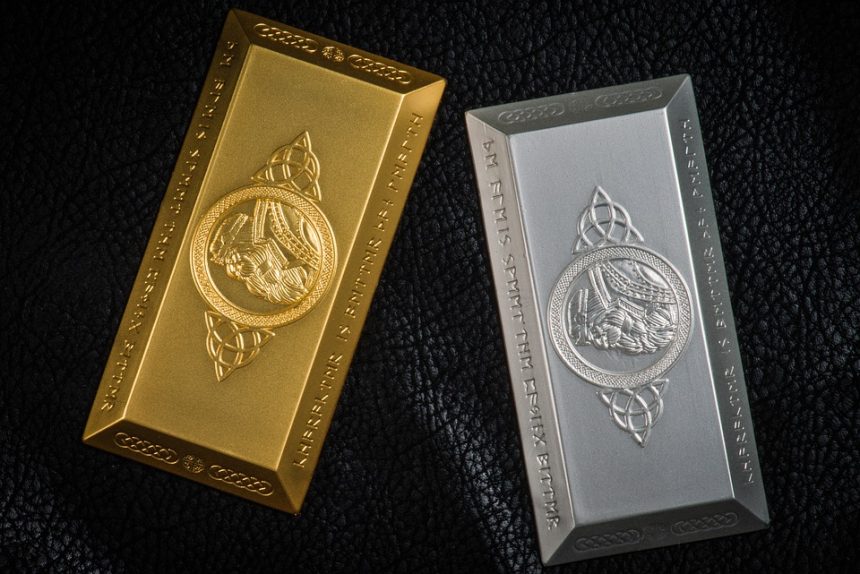The Meme Coin Revolution: How Humor Became a Cryptocurrency Strategy
In recent years, the cryptocurrency landscape has morphed into a colorful and often whimsical realm, where the once-staid world of digital finance is punctuated by laughter and absurdity. Enter the meme coin revolution, a phenomenon that has captivated not only tech enthusiasts and investors but also the casual internet user who may have never braved the depths of blockchain technology. Catapulted to fame by tokens like Dogecoin and Shiba Inu, meme coins have transformed humor into a viable cryptocurrency strategy, illustrating the powerful intersection of culture, community, and commerce.
The Birth of Meme Coins
The inception of meme coins can be traced back to 2013, when Dogecoin was launched as a light-hearted alternative to Bitcoin. Created by software engineers Billy Markus and Jackson Palmer, Dogecoin was based on the popular "Doge" meme featuring a Shiba Inu dog surrounded by Comic Sans text. What started as a joke quickly gained traction, fueled by an enthusiastic community that embraced the coin’s playful spirit. It wasn’t long before Dogecoin was adopted for charitable causes, creating a sense of camaraderie among supporters and transforming a light-hearted prank into a real economic force.
The Rise of Community and Accessibility
Meme coins are more than just digital currencies; they embody a community ethos. Unlike traditional cryptocurrencies, which often prioritize technology, security, and utility, meme coins leverage humor and virality to attract users. They create an accessible entry point for novice investors, who may find the complexities of blockchain intimidating. With their low price points and engaging social media presence, meme coins invite participation from a wider audience, dismantling barriers typically associated with investing.
This sense of community is amplified by social media platforms like Twitter, Reddit, and TikTok, where memes spread like wildfire. The power of the collective online voice can propel a meme coin to unexpected heights, as demonstrated by the meteoric rise of Shiba Inu, a token inspired by Dogecoin. With a catchy slogan (“The Dogecoin Killer”) and a rabid fan base, Shiba Inu illustrated how community-driven momentum could generate substantial investment and speculation.
Humor as a Marketing Tactic
The playful nature of meme coins serves as an innovative marketing tactic that differentiates them from more somber cryptocurrencies. Humor invites engagement, making these coins relatable and sharable across social platforms. Memes resonate with younger audiences, particularly millennials and Gen Z, who value authenticity and culture in their economic pursuits.
Tokens like SafeMoon and Baby Doge have further capitalized on this trend, utilizing playful branding and community-driven marketing campaigns to encourage viral sharing. The humor intertwined in their narrative has not only helped sustain their communities but has also generated significant media attention, propelling meme coins into mainstream discourse.
The Risks and Rewards
However, the meme coin phenomenon is not without its pitfalls. The volatility that comes with trading meme coins can be sharp, as prices can skyrocket or plummet based on social media sentiment. Speculative trading and the influence of online personality endorsements can exacerbate these fluctuations, raising questions about the long-term viability of such assets. Investors could find themselves riding a rollercoaster of emotions, propelled by the meme-driven fervor of the community.
Moreover, the accessibility of meme coins has also encouraged scams and “rug pulls,” where malicious actors quickly abandon projects after inflating their value. This underbelly has resulted in legitimate investor concerns, necessitating a cautious approach when engaging with these humorous tokens.
The Future of Meme Coins
Despite the challenges, the meme coin revolution shows no signs of abating. As the cryptocurrency market continues to evolve, meme coins are likely to persist as a grassroots fixture, appealing to a demographic that prizes engagement and innovation. They also challenge traditional notions of what a currency can be, pushing the boundaries of finance into unexpected territories.
In a world where laughter can often be a remedy to uncertainty, meme coins remind us that financial narratives can be playful, inclusive, and, to some extent, democratized. In an ever-changing digital landscape, the fusion of humor and cryptocurrency could continue to carve out a space where community thrives, with laughter as the new currency of connection.
Conclusion
The meme coin revolution is a testament to the power of humor in a landscape often dominated by serious dialogues about finance, technology, and future currencies. As meme coins cultivate their own ecosystems, steeped in engagement and communal spirit, they offer a new lens through which to view investment—a lighthearted, albeit risky, dance between jest and genuine economic potential. Whether as a joke, a community-building exercise, or a legitimate investment strategy, meme coins have reshaped the narrative around cryptocurrency, perhaps permanently inviting us to take a step back and smile along the way.






